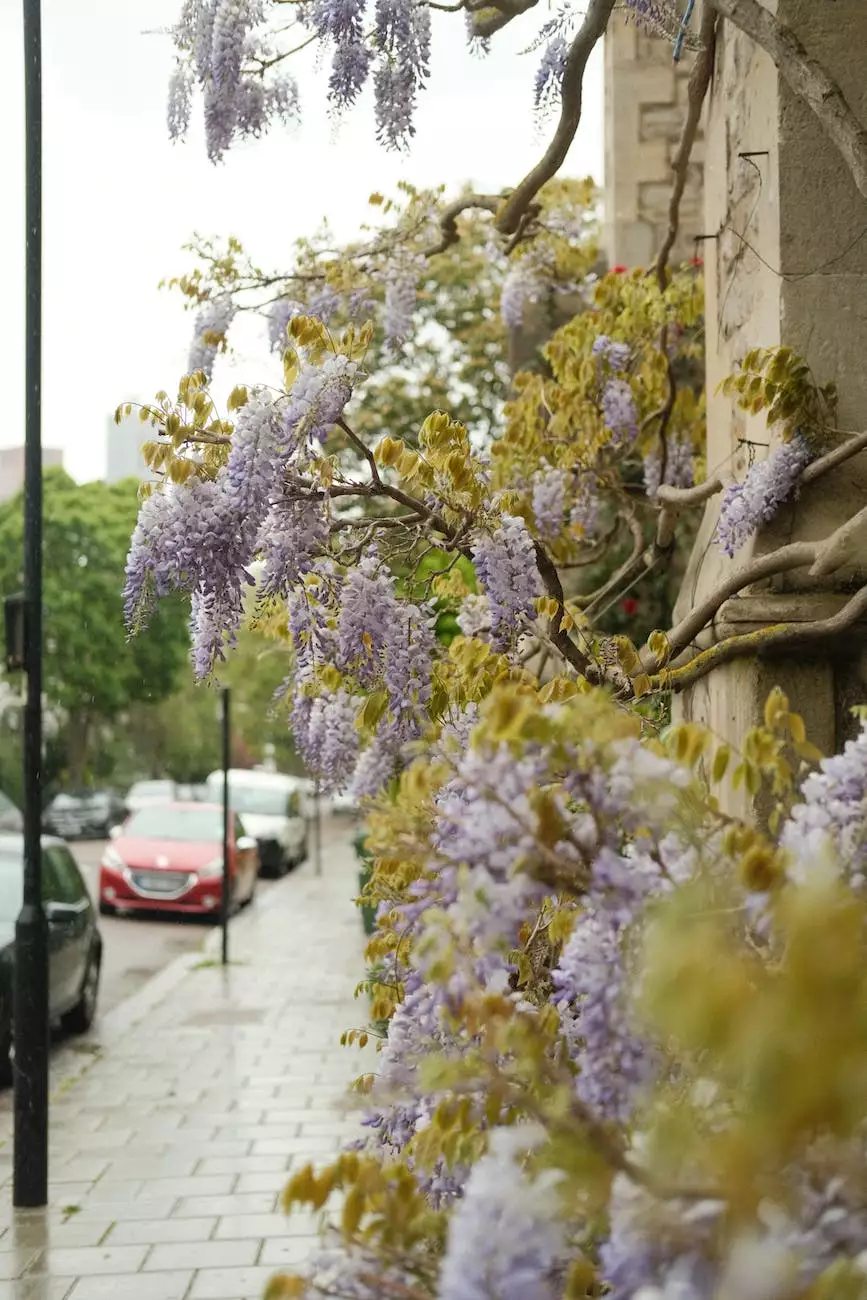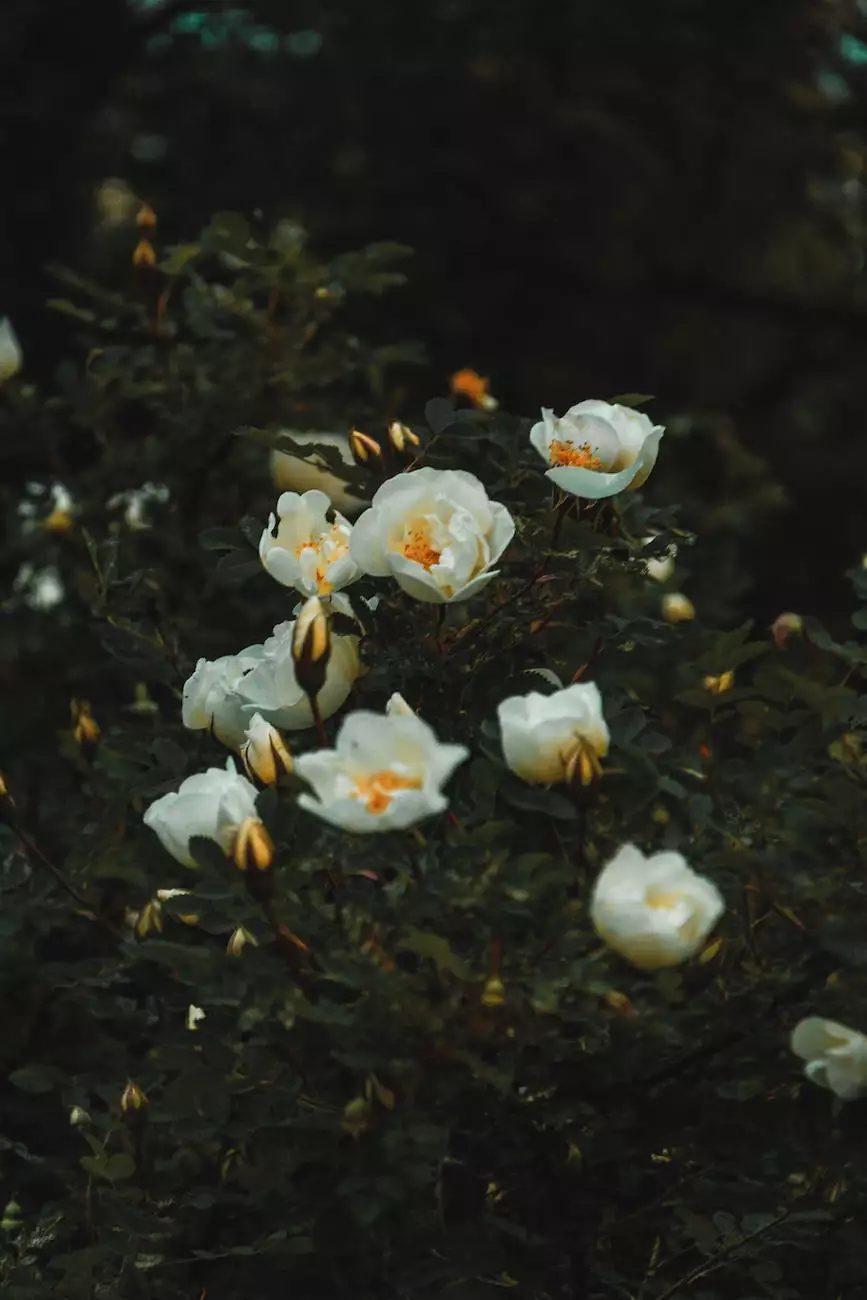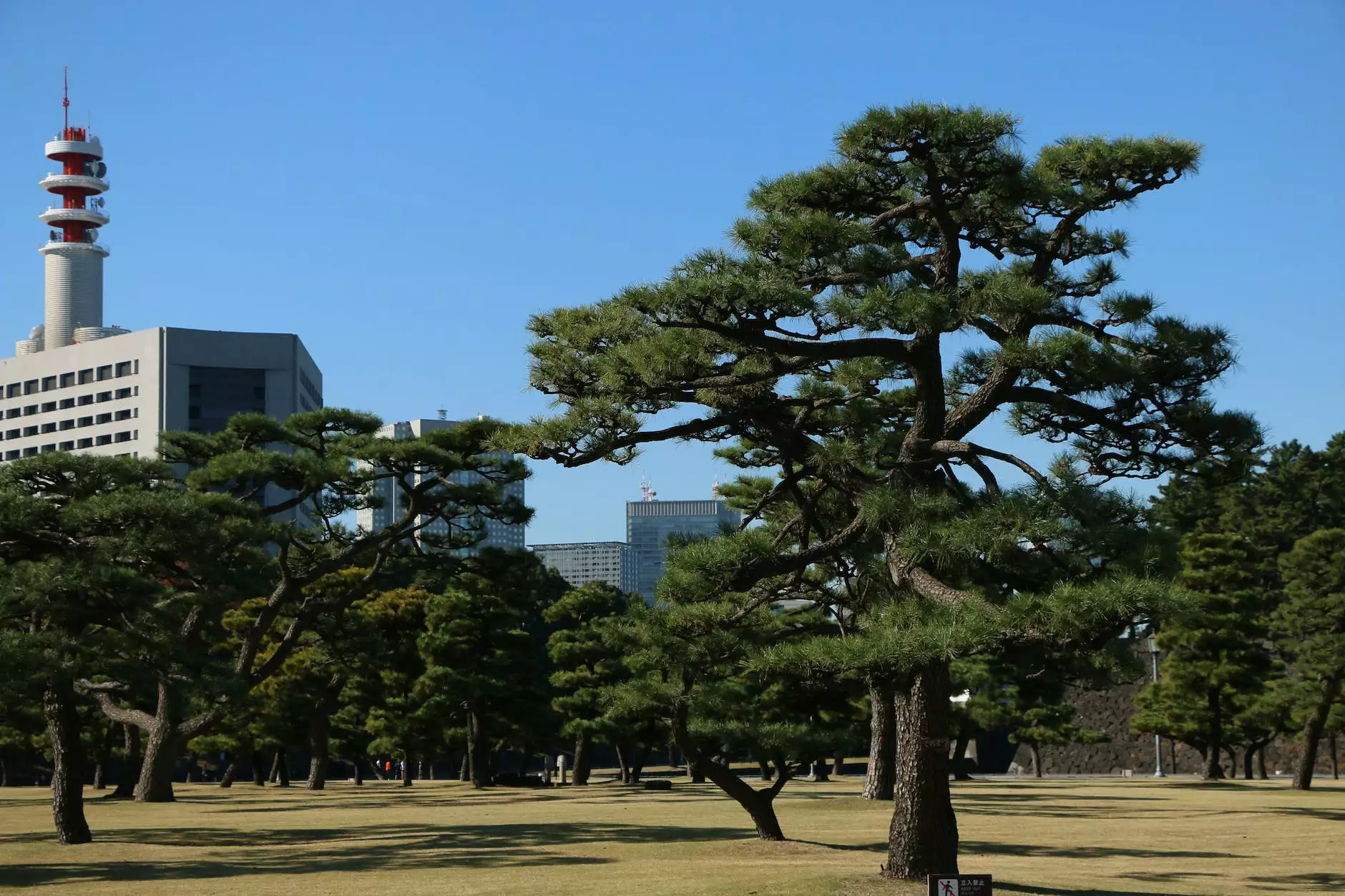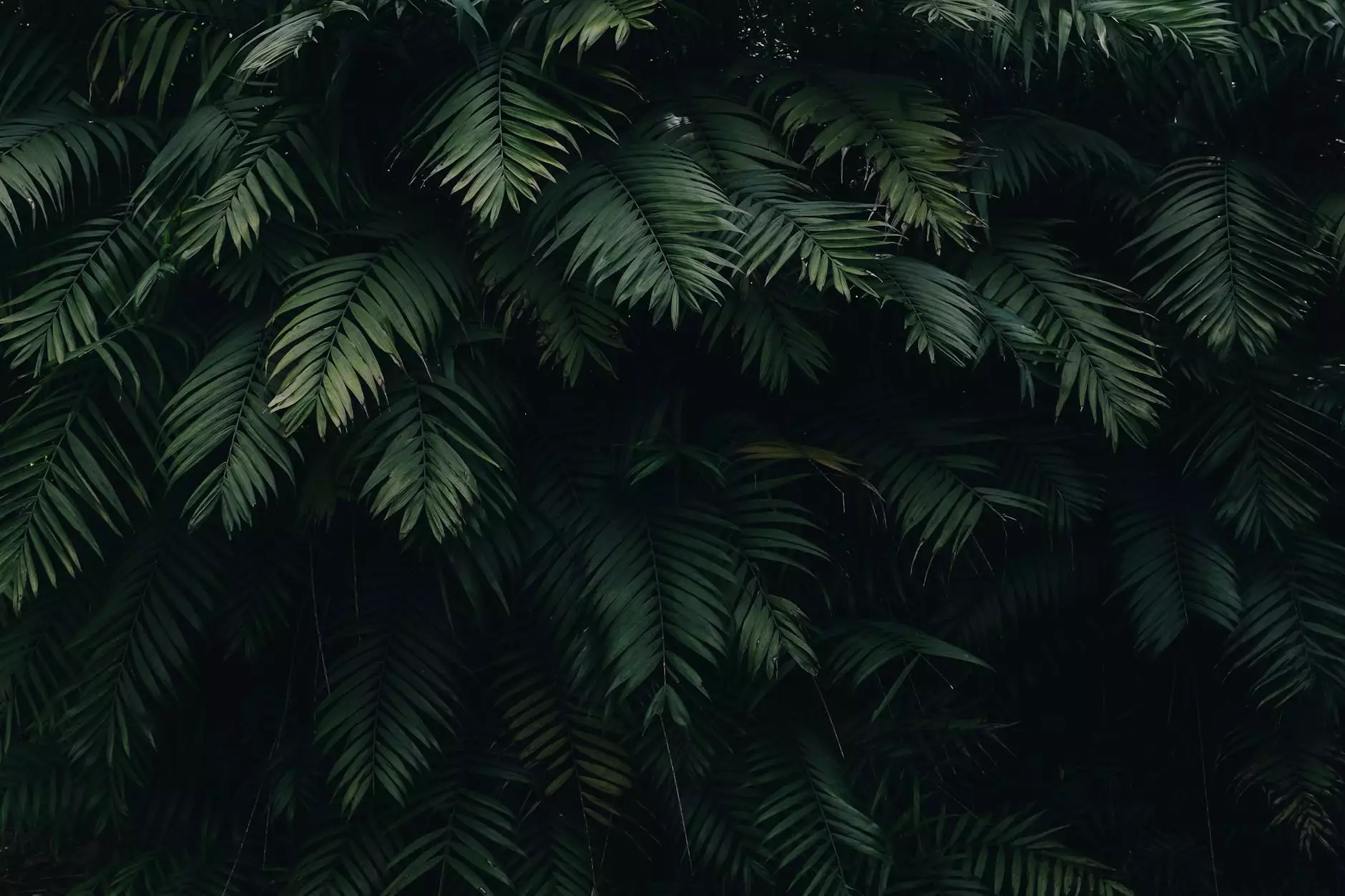Prickly Pear Cactus - Opuntia polyacantha
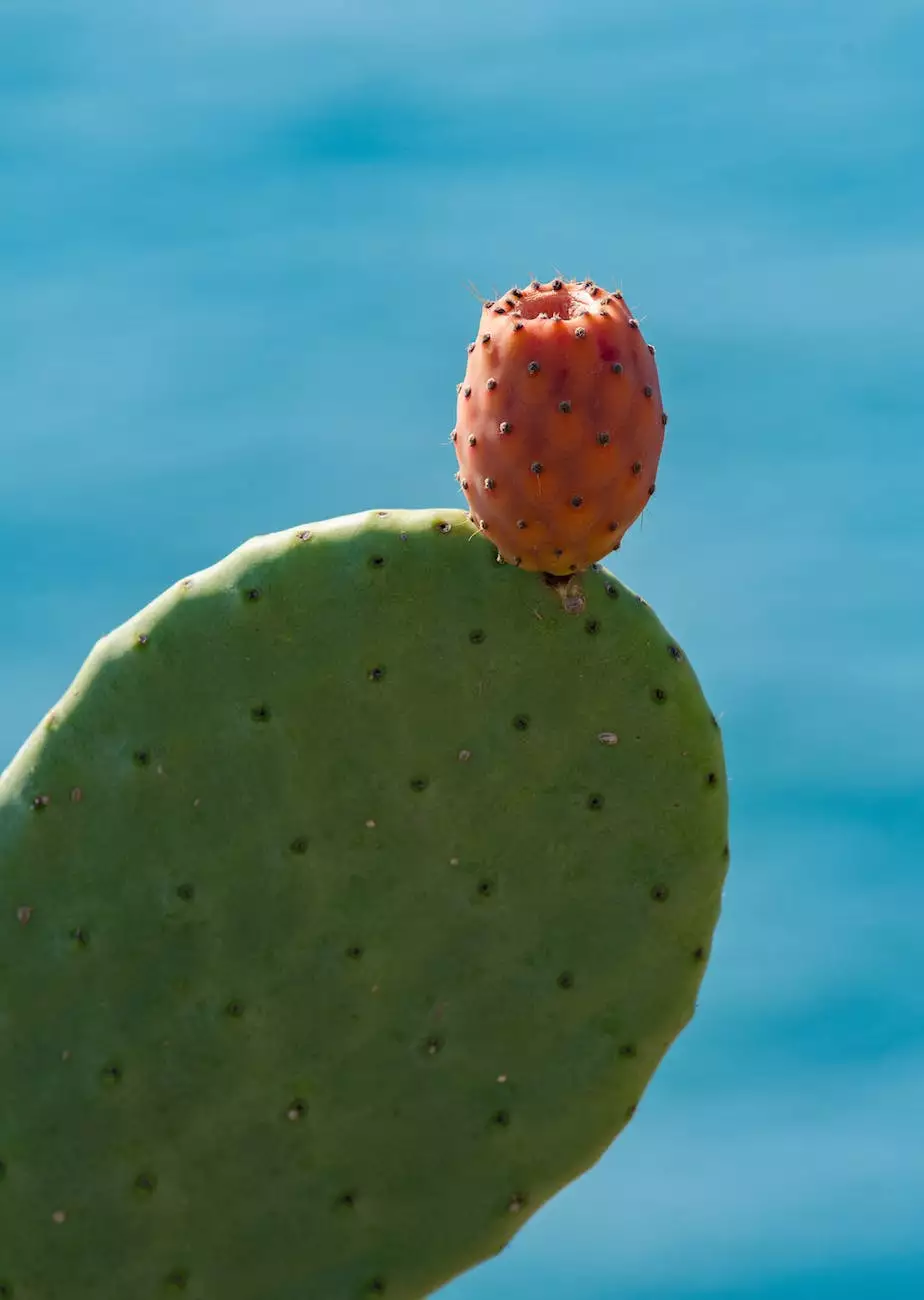
About the Prickly Pear Cactus
The Prickly Pear Cactus, scientifically known as Opuntia polyacantha, is a fascinating plant that belongs to the cactus family, Cactaceae. This unique species is native to various regions of North America, including the United States, Canada, and Mexico. With its distinctive appearance and extraordinary adaptability, the Prickly Pear Cactus has gained popularity among both gardening enthusiasts and landscape professionals.
Characteristics and Appearance
One of the key features of the Prickly Pear Cactus is its succulent nature, enabling it to thrive in arid environments with limited water availability. The plant consists of segmented stems, commonly referred to as pads or cladodes, covered with short, sharp spines and tiny hair-like prickles. These spines aid in reducing water loss and provide defense against potential threats.
The Prickly Pear Cactus showcases a remarkable range of colors and shapes, with species varying in size from smaller, more compact forms to larger, sprawling varieties. The stems often exhibit a green hue, but can also display shades of purple, red, or yellow, providing a vibrant aesthetic appeal to any landscape.
Cultivation and Care
Growing the Prickly Pear Cactus can be a rewarding experience, as long as you provide it with the necessary conditions to thrive. Here are some essential tips to ensure its successful cultivation:
1. Sunlight:
The Prickly Pear Cactus thrives in full sun exposure and requires at least 6 to 8 hours of direct sunlight per day. Choose a location in your garden that receives abundant sunlight to promote optimal growth and vibrant coloration.
2. Soil:
This cactus species prefers well-draining soil with minimal organic matter. Sandy or rocky soils with excellent drainage properties are ideal for the Prickly Pear Cactus. Avoid overwatering or planting in waterlogged areas, as this can cause root rot.
3. Watering:
While the Prickly Pear Cactus is drought-tolerant, regular watering is still necessary, especially during its establishment phase. Water the plant deeply but infrequently, allowing the soil to dry out between waterings. During the winter months, reduce watering frequency to mimic its natural dormant period.
4. Pruning:
To maintain a neat appearance and encourage healthy growth, occasional pruning may be required. Use thick gloves and a sharp, clean pair of pruning shears to remove any dead, damaged, or overgrown segments. Be cautious when handling the spines to avoid injury.
5. Winter Protection:
In regions with colder climates, it is crucial to provide adequate winter protection for the Prickly Pear Cactus. Consider covering the plant with a frost cloth or bringing potted specimens indoors to shield them from freezing temperatures. Ensure proper ventilation to prevent excessive moisture buildup.
Landscape Uses
The Prickly Pear Cactus offers a multitude of landscape uses due to its striking appearance, resilience, and low maintenance requirements. Here are some ways you can incorporate this remarkable plant into your outdoor space:
1. Xeriscaping:
As a drought-tolerant plant, the Prickly Pear Cactus is an excellent choice for xeriscaped gardens that prioritize water conservation. Its ability to thrive in arid conditions makes it a valuable asset in regions prone to water scarcity.
2. Rock Gardens and Border Plantings:
The unique form and coloration of the Prickly Pear Cactus make it a standout feature in rock gardens or as part of border plantings. Its low maintenance needs and ability to withstand harsh conditions make it a reliable addition to any landscape design.
3. Edible Fruit Production:
Several varieties of the Prickly Pear Cactus produce edible fruits known as prickly pears. These fruits are not only delicious but also rich in nutrients such as vitamin C and fiber. Consider cultivating these species for both ornamental and culinary purposes.
4. Wildlife Gardens:
The Prickly Pear Cactus acts as a valuable habitat and food source for a diverse range of wildlife. Birds, mammals, and insects are attracted to the plant's flowers, nectar, and fruits, creating an ecosystem-friendly environment in your garden.
Conclusion
With its captivating beauty, resilience, and versatility, the Prickly Pear Cactus (Opuntia polyacantha) is a remarkable plant for any landscape. Cutting Hedge Services is dedicated to providing expert guidance and information on how to integrate this magnificent cactus into your garden. Embrace the unique characteristics of the Prickly Pear Cactus and enhance the visual appeal and ecological value of your outdoor space.




